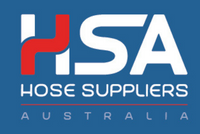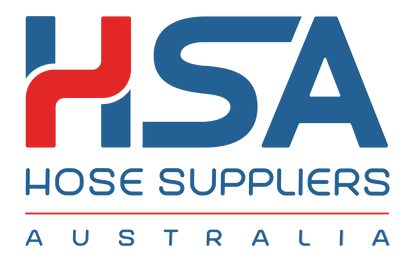Your Cart is Empty
Menu

Add description, images, menus and links to your mega menu
A column with no settings can be used as a spacer
Link to your collections, sales and even external links
Add up to five columns
Add description, images, menus and links to your mega menu
A column with no settings can be used as a spacer
Link to your collections, sales and even external links
Add up to five columns
What does S-T-A-M-P-E-D in an industrial hose assembly mean?

STAMPED is the acronym of the 7 important areas you need to look for in finding the correct industrial hose assembly. Look below what the STAMPED method stands for.
Size, ID, length, and constraints
When you’re in search of the correct industrial hose assembly, you must first determine the following:
- The overall length required including the fittings
- The insider diameter of the hose
- The outside diameter of the hose
Knowing the important measurements for your industrial hose need will make it easier for you to get the correct assembly.
Temperature
Now, the next area of information to know is the temperature. To do this, you can consider the questions below.
- What is the temperature of the hose’s outer part will deal with?
- What temperature will be transferred by the hose?
You can also check other things such as the:
- Flame possibility on the hose’s surrounding
- The manifold’s temperature where the hose will be routing
In the case of hot manifolds, you may need to add a heat shield to protect the hose. This way, it’ll level up the hose’s resistance and durability to heat.
Application
After knowing the possible temperatures to be handled by the hose, the next area to check on it is the application.
You must be aware of the following things:
- Where will it be used?
- How will it be installed?
- Will there be possibilities of dragging, flexing, chemicals, ect.?
- In case it’s for a replacement, what is the reason for it? Why was it needed?
- What loads will it handle?
These questions will help you narrow down your hose choices. Just make sure to refer to the types of hose and their application so that you can get the right assembly.
Material
When you now know what application you’ll be using the hose, you must identify the materials that will pass through it. You have to consider if the material will be continuously flowing or will stay in the hose for a long period.
Here are the other situations you might need to consider:
- Are the materials abrasive or sharp?
- Will it be wet or dry?
- What type of substance will it be?
- Is there a particular size of the material?
See to it that you’re fully aware of the materials or components that’ll be handled by the hose. This way, you can make sure that the one you’ll choose is compatible with those materials.
Pressure
After the materials area, the next one to analyse is the pressure. When it comes to this area, you need to keep in mind that the hose’s pressure capacity must be equal or greater than the pressure it’ll take.
If the pressure is more than what the hose can take, it’ll only result in early wear and tear. So, make sure to take note of the maximum possible pressure the hose will take for your application.
Ends
Now, in this area, the type, style, attachment method, and orientation are the factors to consider. The type of clamps and fitting should also be able to handle the temperature, pressure, and application of the hose.
You must bear in mind that the hose assembly’s failure can most likely happen to the fittings. See to it that the fittings and clamps you’ll use are inlined with the hose itself.
Delivery
Now, after considering the things above, the last thing to take note of is the delivery. This is specific to the testing requirements, packaging, customer requirements, certifications, and shipping.
Make sure to take note of these specific things:
- When will the hose be needed? Is it urgent?
- Is there a timeline in assembling the industrial hose?
- Do you need to test the hose and get certifications?
Do you need a hose supplier expert in Australia to help you? Let’s talk. Call us on (07) 3890 3359 for Brisbane and (07) 5597 1402 for Gold Coast.



